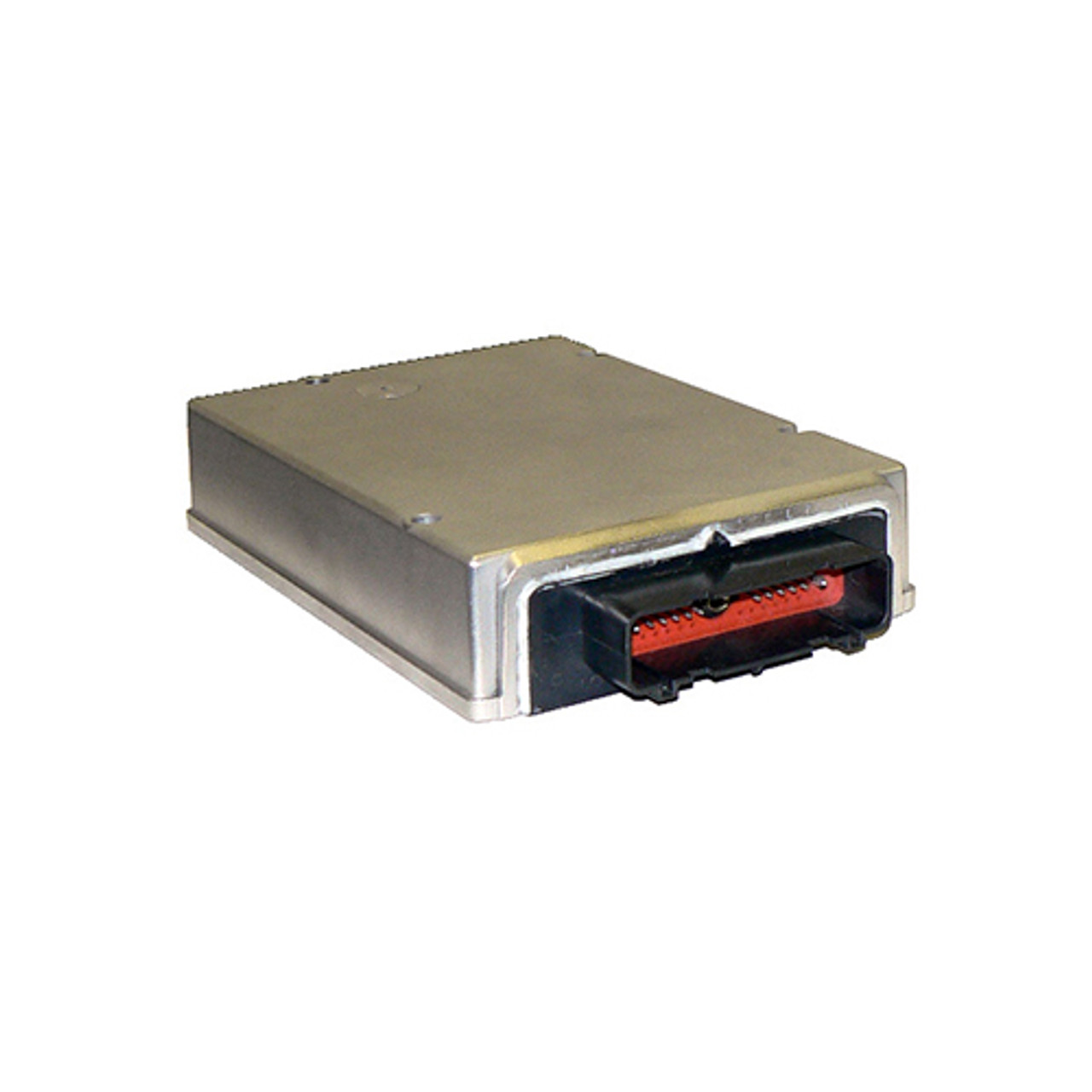

Aside from the injection system, the rest of the Powerstroke is pretty standard. If you spring a massive leak and the oil level drops below 7 quarts, the HPOP won’t be able to generate the required pressure, and the engine simply won’t run saving you from potential bearing damage (although if all 14 quarts leak out at once, you might get a visit from the EPA’s disaster response team). One unique feature of an HEUI system is the built-in fail-safe of never being able to run the engine without oil.
#99 7.3 injector driver module series#
Specifically, this is the popular Adrenaline Series pump by DieselSite. This is what the High Pressure Oil Pump, or HPOP for short (pronounced H-POP) looks like.

Because of the differing surface areas of each side of the plunger, there is a pressure multiplication of 7:1, which means 3,000 psi of oil pressure gets converted into 21,000 psi of fuel. When it’s time to start the injection event, an electronic solenoid opens a valve allowing oil to flow, which pushes down on a plunger and forces the fuel into the engine. All at the same time, low pressure diesel fuel is sent from the tank to the engine via a lift pump, through a couple filters, into the cylinder heads, and it winds up in the injectors in a cavity opposite the oil, which is where the magic happens. The High-Pressure Oil Pump (or HPOP) uses the same oil as the low-pressure system, except now its pressurized up to 3,000 PSI and fed through an oil rail which is common to all eight injectors. Inside the engine is a conventional oil pump which lubricates all the critical moving parts, but there is also a second oil pump. It’s an oddball design which actually works quite well, and its advantage over mechanical injection pumps like the P7100 is its ability to vary injection timing for a broader power curve. While the Cummins engines of the day used a poppet injector, Ford (technically International) used a design which has seen heavy use in commercial and industrial engines, HEUI, or Hydraulic Electronic Unit Injection. Both were manufactured by Navistar International, but there were several key differences that made the Powerstroke superior to the IDI version, and top of the list was the addition of direct injection. The 7.3-liter Powerstroke is often confused with the 7.3-liter IDI which was used in Ford pickup trucks from 1988 to 1994. While it was never known to be a racehorse, its reputation was that of being one of the most reliable and overbuilt engines to hit the road in a production truck, but as always, you’ve got to wonder, what breaks when? Well today, we’re gonna find out. To this day, it remains the largest displacement diesel engine ever installed from the factory into a pickup, but the question remains: was bigger truly better? Why hasn’t anyone come close to matching its displacement? The two runners up are the 6.7-liter Cummins and Powerstroke, but those are still 36 cubic inches smaller than the 7.3-liter behemoth. In the early 90’s when Dodge and Chevy were putting mere 5.9- and 6.5-liter diesels into their trucks, Ford raised the bar with its juggernaut powerplant, the 7.3-liter Powerstroke.

You’ve heard the phrase “bigger is better” many times in your life, especially when talking about engines. Written By: Lawrence “LT” Tolman 7.3 Powerstroke 1994 To 2003: The Big Block of Diesels


 0 kommentar(er)
0 kommentar(er)
